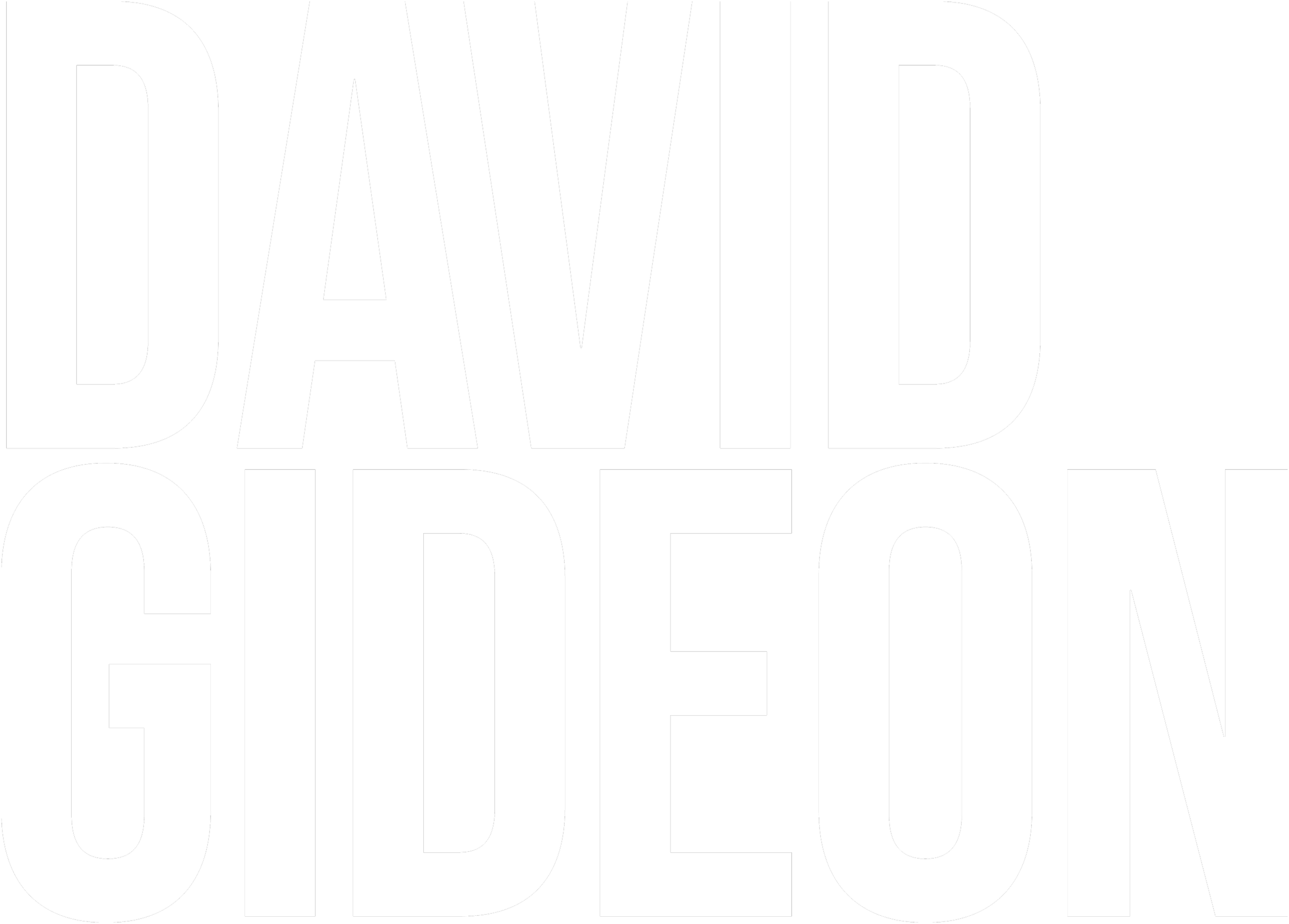It is not unusual for actors to try to create the physical, sensory experience of a situation’s response. This is as true for well-trained and experienced actors as it is for neophytes to The Method. Just last week one of my students told me that he was trying to create the feelings of renewed hope and accomplishment by sensorially exploring how he felt physically when this has happened to him. By the way, this actor is talented, imaginative, trained, and joyful in his work. He trained with me many years ago and is back in class now. He also trained with Lee Strasberg himself, and although Lee was long gone, he actually taught at The Lee Strasberg Theatre and Film Institute in Los Angeles. So you see, the trap of trying to “create a result” befalls even the best and most sincere of actors.
It works like this. Suppose something makes you very nervous, and while nervous you have the presence of mind to pay attention to all of your physical responses. You become aware that your palms are sweating, and so is the rest of you to varying degrees. Your mouth is dry and leaves a bad taste.Your breathing is shallow and rapid. Your field of vision becomes narrowed and you can’t hear clearly or process what others are saying to you. You notice that your coordination and motor skills are impaired and your sensitivity to touch and being touched is simultaneously heightened and diminished. On top of all of this, you can feel that your heart is racing and feels as if it will burst right out of your chest. You can even smell your own fear. Even if you are successful in using your sense memory abilities to recreate and explore all of this, you will not be nervous or fearful. Quite to the contrary. You probably will discover that you remain very calm during this exercise due to the impersonal nature of your effort as well as the heightened concentration that it takes to coordinate all of this.
If on the other hand, you find the very thing that actually causes you to become nervous and afraid, all of the mentioned physical sensations might or might not happen, but you will actually respond nervously and fearfully. What might that be? The answer is subjective and is, therefore, individual to each actor. (This comes under the heading of Lee’s comment to me, “never two the same”). Here are some possibilities, but keep in mind that each actor has to discover his/her own.
As is always the case, the first choice is to do nothing. Perhaps the situation in the scene combined with the actor’s imagination will bring about the necessary response. If this doesn’t work, it might be necessary to create the character’s circumstances. If your character is being threatened at gunpoint, make the gun that is pointing at you real. (Don’t forget to pay attention to how well the other actor is threatening you with it). Still not happening? Create “outside of the scene” to connect to your reality. This means that whatever triggers your own nervous/fear reaction needs to be created and explored. This could be anything. It could be a person, a place, an Overall Sensation, a Personal Object; anything at all that works for you even if you don’t understand why it works.
Along these lines, I am reminded of an actress who came to me in my office while I was the Director of the Lee Strasberg Institute in New York. She had an important TV audition and needed to be really afraid for her life. After discarding several conceptual ideas (she was afraid of being mugged although she had never had this happen.) she told me that she was deathly afraid of bees. How perfect and how simple. Create as many bees as necessary for the degree of fear wanted or needed. Buzzing around her head or landing on her made little difference. How afraid do you want to be? One bee scared? Two bees scared? An entire hive? You get the point and can see how much less work, with greater and more truthful responses there will be.
